🎧 Listen: Apple, Spotify, iHeart
Ever find yourself exhausted from posting daily, responding to every comment, creating endless content, and still feeling like your community isn’t growing as quickly as you’d hoped? What if most of what you’re doing isn’t actually moving the needle?
Here’s a truth bomb: roughly 80% of your community results are likely coming from just 20% of your efforts.
The secret to a thriving community isn’t doing more—it’s focusing on the right things. Let’s identify what actually matters in your community management and give you permission to let go of the busywork that’s keeping you exhausted without actually driving growth.
The Myth of “More” in Community Building
I used to be that community manager who thought success meant being everywhere, all the time. I’d wake up and immediately check comments, create elaborate content calendars with different posts for every day, and respond to every comment within minutes.
The result? I was exhausted, and my community wasn’t thriving any more than those with more focused approaches.
The turning point came when a mentor asked me: “What if you could only do 20% of what you’re doing now? Which activities would you keep?”
That question changed everything.
More Activity ≠ More Engagement
Think about your favorite communities as a member. What keeps you coming back? Is it the sheer volume of content? Or is it the quality of connections, valuable insights, and sense of belonging?
What we’re talking about is the Pareto Principle, or the 80/20 rule. It suggests that roughly 80% of effects come from 20% of causes. In community building, this means about 20% of your efforts are creating 80% of your results.
Here’s an analogy: Imagine hosting a weekly dinner party. You could spend hours creating an elaborate 12-course meal that leaves you too exhausted to engage with your guests. Or you could prepare a simple but delicious main dish, create a warm atmosphere, and focus on facilitating great conversation.
Which approach will have your guests excited to come back?
When you’re doing all the things, you’re spreading yourself too thin—creating lots of content, but how much is truly resonating? It’s like throwing spaghetti at the wall, hoping something sticks.
A Real-World Example
I had a client who was posting three times a day in her community—morning motivation, midday tips, and evening reflections. She was burnt out and considering shutting down the whole community.
When we analyzed her engagement data, the evening reflections got 5x more engagement than the other posts combined. We cut back to just the evening reflections, with occasional morning posts when she genuinely had something valuable to share.
The result? Engagement actually increased, and she reclaimed about 8 hours of her week.
This is the 80/20 rule in action. It’s not about doing less for the sake of doing less—it’s about strategic elimination so you can focus on what actually matters.
Identifying Your Community’s 20%
If only 20% of your efforts are creating 80% of your results, the million-dollar question is: which 20%?
The answer will differ for every community, but here’s how to figure it out:
Analytics Deep Dive
Start by looking at your community data:
- What posts get the most engagement?
- Which events have the highest attendance?
- What topics spark the most conversation?
Look for patterns. Maybe your how-to posts consistently outperform inspirational quotes. Or perhaps your live Q&A sessions get way more attendance than pre-recorded workshops.
If you’re on Circle, check the analytics dashboard to see which spaces get the most activity. If you’re using Facebook Groups, look at your top-performing posts over the last 90 days. The data doesn’t lie—it shows exactly where your community’s interest lies.
Ask Your Members Directly
Data doesn’t tell the whole story. Sometimes, the best way to figure out what your community values is to simply ask them.
Send out a survey asking what content they find most valuable, or post a question: “What type of content/events would you like to see more of?”
You might be surprised by the answers. I had a client who spent hours creating elaborate graphics, only to discover that members really valued her quick voice messages with tips and insights. She scaled back on graphics, focused on audio content, and engagement soared—while she reclaimed about 5 hours weekly.
Track Your Time
For one week, track how you spend your time managing your community. Be honest and specific:
- Are you spending 3 hours creating the perfect graphic for a post that gets seen for 24 hours?
- Are you manually sending welcome messages when this could be automated?
- How much time are you spending on activities that could be delegated or eliminated?
Then, compare your time allocation with your results. You might find you’re spending 80% of your time on activities that only generate 20% of your engagement—a clear sign it’s time to reallocate resources.
One community manager I worked with was spending 10 hours weekly creating a newsletter that only 20% of members opened. Meanwhile, her quick, off-the-cuff live sessions were getting massive engagement, but she only did them “when she had time.” Once she saw the data, she flipped her approach—focusing on weekly lives and scaling back the newsletter to a simple monthly format. The community thrived, and she reclaimed huge chunks of her time.
The 20% That Usually Moves the Needle
While every community is unique, these activities typically fall into the high-impact 20% category:
1. Creating Space for Member-to-Member Connection
One of the biggest misconceptions in community management is that you need to be the center of all activity. The most vibrant communities are those where members connect with each other, not just with you.
If every interaction has to go through you, your community’s growth is limited by your time and energy. But when members connect directly, the potential for engagement becomes exponential.
Activities like introducing new members, creating conversation threads, or organizing peer matching often yield huge returns on a relatively small time investment.
Example: I worked with a business community where the leader was burning out trying to answer every question herself. We implemented a simple “Member Monday” spotlight where she’d highlight someone’s expertise and encourage others to ask them questions. This not only took pressure off her but increased overall engagement as members started seeing each other as resources, not just the leader.
2. Consistent, High-Quality Events
Notice I said “consistent,” not “frequent.” One amazing monthly event that people look forward to and attend is worth more than four mediocre weekly events that people skip.
Focus on creating high-quality experiences that deliver real value, and watch attendance and engagement climb. This might mean going deeper on fewer topics rather than trying to cover everything.
Example: A client running a wellness community was hosting weekly webinars with different guests, but attendance was spotty. We shifted to a monthly “Wellness Deep Dive” format where she’d spend 90 minutes on one topic, bringing in research, practical applications, and guided practice. Attendance tripled, engagement soared, and she freed up three weeks per month for other high-impact activities.
3. Strategic Community Outreach
Personal outreach can be incredibly powerful, but you don’t need to DM every member every week. Instead, be strategic: reach out to new members, those who’ve been inactive, or super-engaged members who could become advocates.
Think of it like watering plants—focus on the seeds just sprouting (new members), plants looking wilted (inactive members), and ones blooming beautifully (potential advocates). A few well-placed personal messages can create ripple effects throughout your community.
4. Clear Paths to Engagement
Sometimes, the most impactful thing is simply making it easier for members to engage. This might mean creating clear guidelines, setting up engagement prompts, or establishing community rituals members can easily participate in.
When members know exactly how to contribute, they’re much more likely to do so. It’s like the difference between walking into a party where everyone’s already in closed conversation circles versus one where the host introduces you and gives you easy conversation starters.
Example: In a parenting community I advised, we created a simple weekly check-in ritual called “Wins and Worries Wednesday.” The structure was so clear and approachable that participation rates jumped from 15% to over 60%. Sometimes, the simplest interventions have the biggest impact.
The 80% You Can Let Go
Now for the fun part—identifying what you can stop doing (or at least do less of):
1. Posting Just to Post
If you’re creating content that isn’t serving a specific purpose or addressing a specific need, it’s probably not worth your time. Quality over quantity, always.
I know it can feel like you need to post daily to keep your community alive, but that’s just not true. In fact, posting too frequently can dilute the impact of your truly valuable content. It’s like the difference between a friend who messages occasionally with something meaningful versus one who floods your inbox with every passing thought.
2. Overthinking Aesthetics
Yes, a cohesive brand look is important. But spending hours on the perfect graphic for a post that will be seen for 24 hours? Probably not the best use of your time.
I’m not saying ignore visuals completely—just that perfection isn’t necessary. A simple, branded template you can easily customize serves you better than creating elaborate custom graphics for every post.
Example: One client was spending 2-3 hours per graphic, trying to make everything Instagram-worthy. When we analyzed her engagement data, we found zero correlation between graphic complexity and member engagement. We switched to simple templates and saved her about 10 hours a week.
3. Responding to Every Single Comment
Heresy, I know! But while engagement is important, you don’t need to be the first (or only) responder to every comment. Sometimes, letting your community step in creates more authentic conversation.
A strategic approach might be to prioritize questions only you can answer or comments that haven’t received any response after a certain time. This ensures everyone feels heard while still respecting your limited time.
4. Manually Tracking Everything
If you’re spending hours manually tracking metrics, it’s time to automate. Invest in tools that can do the heavy lifting for you, so you can focus on interpreting the data and taking action.
For example, instead of manually tracking attendance for every event, use a platform that does this automatically. Instead of scrolling to find unanswered questions, use saved searches or filters. Technology should work for you, not create more work.
5. Being Available 24/7
The idea that you need to be constantly present in your community is a fast track to burnout. Set clear boundaries, communicate them to your community, and stick to them.
Your members don’t expect you to be online at all hours. What they do expect is consistency and clarity. It’s better to be reliably present during set hours than sporadically available around the clock.
Example: I worked with a community leader who was checking notifications from the moment she woke up until she went to sleep—even bringing her phone to the bathroom! She was exhausted and resentful. We established “office hours” for when she’d be active, communicated these to members, and set up an FAQ for common questions. Not only did she reclaim her life, but her community became more self-sufficient as members began helping each other instead of waiting for her response.
Real-Life Example: Less Work, Better Results
Let me share a story about a client—let’s call her Sarah. Sarah was running a community for women entrepreneurs and was exhausted. She was posting multiple times daily, responding to every comment within minutes, and still feeling like she wasn’t doing enough.
When we analyzed her community data, we found that the vast majority of engagement came from just two types of activities: her weekly live Q&A sessions and a monthly “wins and challenges” thread where members could share their progress.
Everything else—daily motivation posts, elaborate graphics, constant availability—was generating minimal engagement despite taking up most of her time.
So, we made changes:
- Cut back posting frequency from daily to three times a week
- Focused on the two high-engagement activities: weekly Q&As and monthly threads
- Created a clear community calendar so members knew when to expect content
- Set up automated welcome sequences for new members
- Established “office hours” when Sarah would be active in the community
The result? Engagement increased by 35%, member retention improved, and Sarah reclaimed about 10 hours of her week. By focusing on the 20% that was working, she created better results with less effort.
The most interesting part? When Sarah surveyed her members three months after implementing these changes, not a single person mentioned missing the daily posts or instantaneous responses. What they did mention was how much they valued the Q&A sessions, structured conversations, and clear organization of the community.
Your members care about value, not volume. They want meaningful experiences, not constant content.
Your 80/20 Action Plan
The 80/20 rule isn’t just about doing less—it’s about being more intentional with your time and energy. It’s about focusing on the activities that truly matter and letting go of the busy work that’s keeping you from making a real impact.
Here’s your homework: This week, identify one low-impact activity you can eliminate from your community management routine and one high-impact activity you can double down on. It could be as simple as cutting a certain type of post that doesn’t get engagement or adding 15 more minutes to your most popular event format.
Remember, a thriving community isn’t built on quantity of activity, but on quality of connection. When you focus on the 20% that moves the needle, you create more meaningful experiences for your members—and more sustainable practices for yourself.
Share your 80/20 decision with me on Instagram @yourcommunitystrategist—I’d love to hear what you’re choosing to focus on and what you’re letting go of!
Until next time, remember: less can absolutely be more. Keep building, keep growing, and stop doing busy work that doesn’t move the needle!
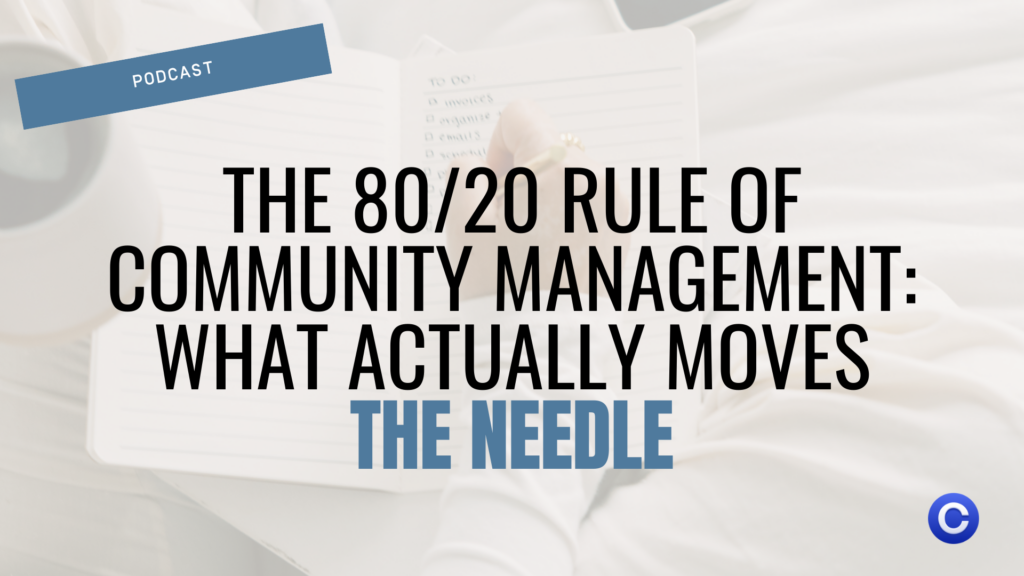
Resources & Links:
- Get started with a 14-Day FREE trial of Circle
- Get Your 1st Month of The Strategic Community Co-Op for just $1
- Quick Wins for Circle Communities is our new YouTube series delivering actionable tips in bite-sized videos.
- Love my emails? Steal my secret weapon—Flodesk! Try it for free today.
- Your community deserves the best—so do you! Get The Scoop, my weekly newsletter packed with insights and strategies. Sign up today!
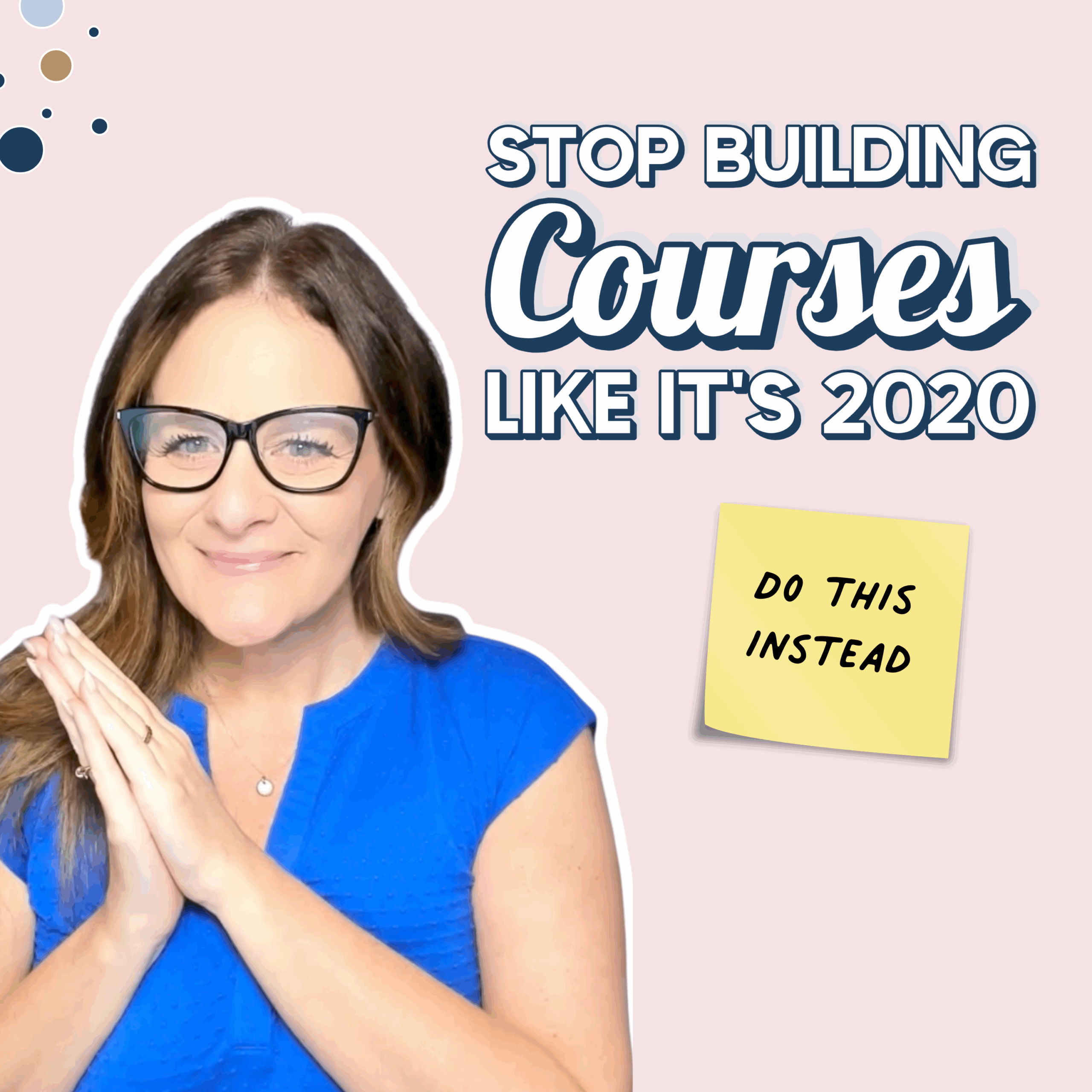

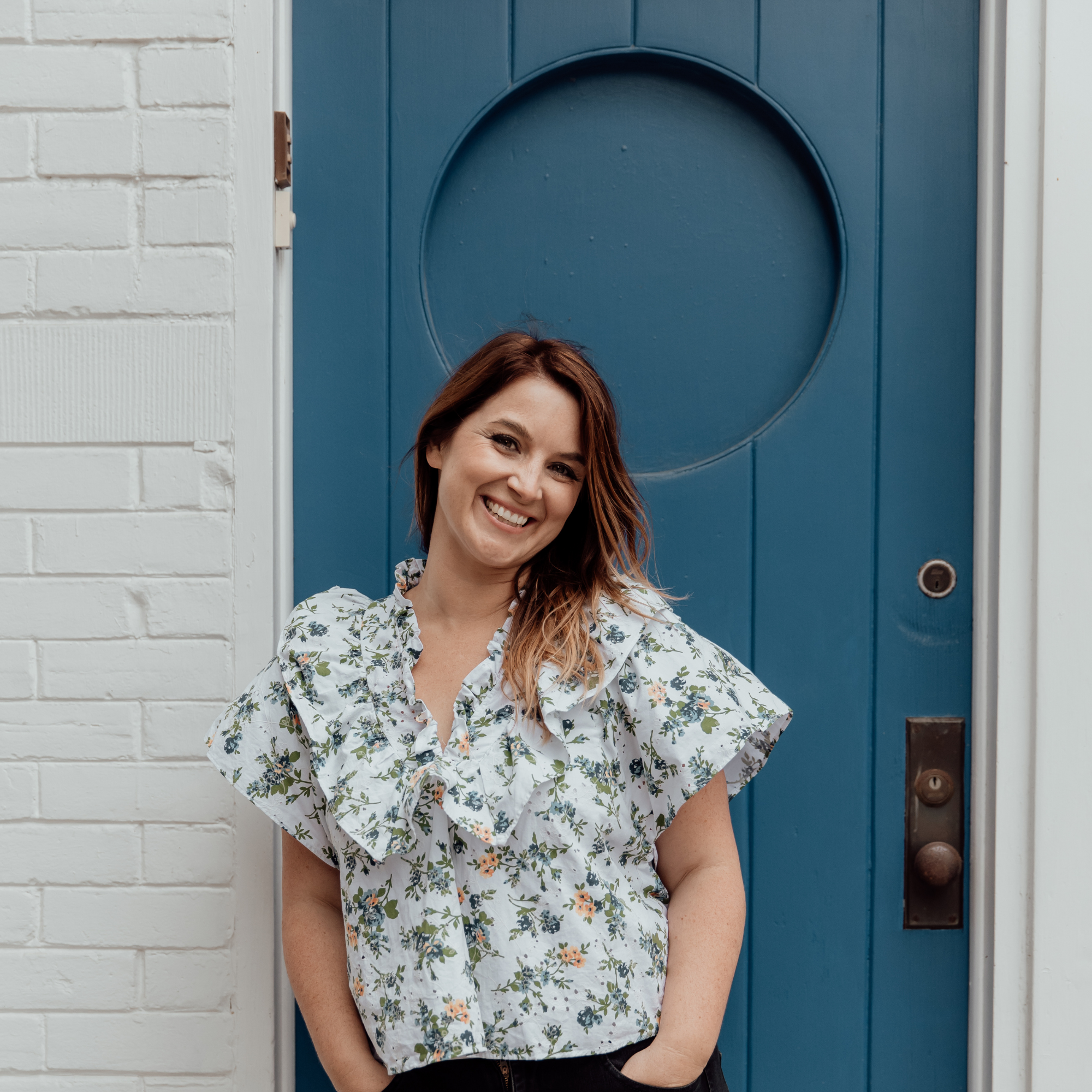
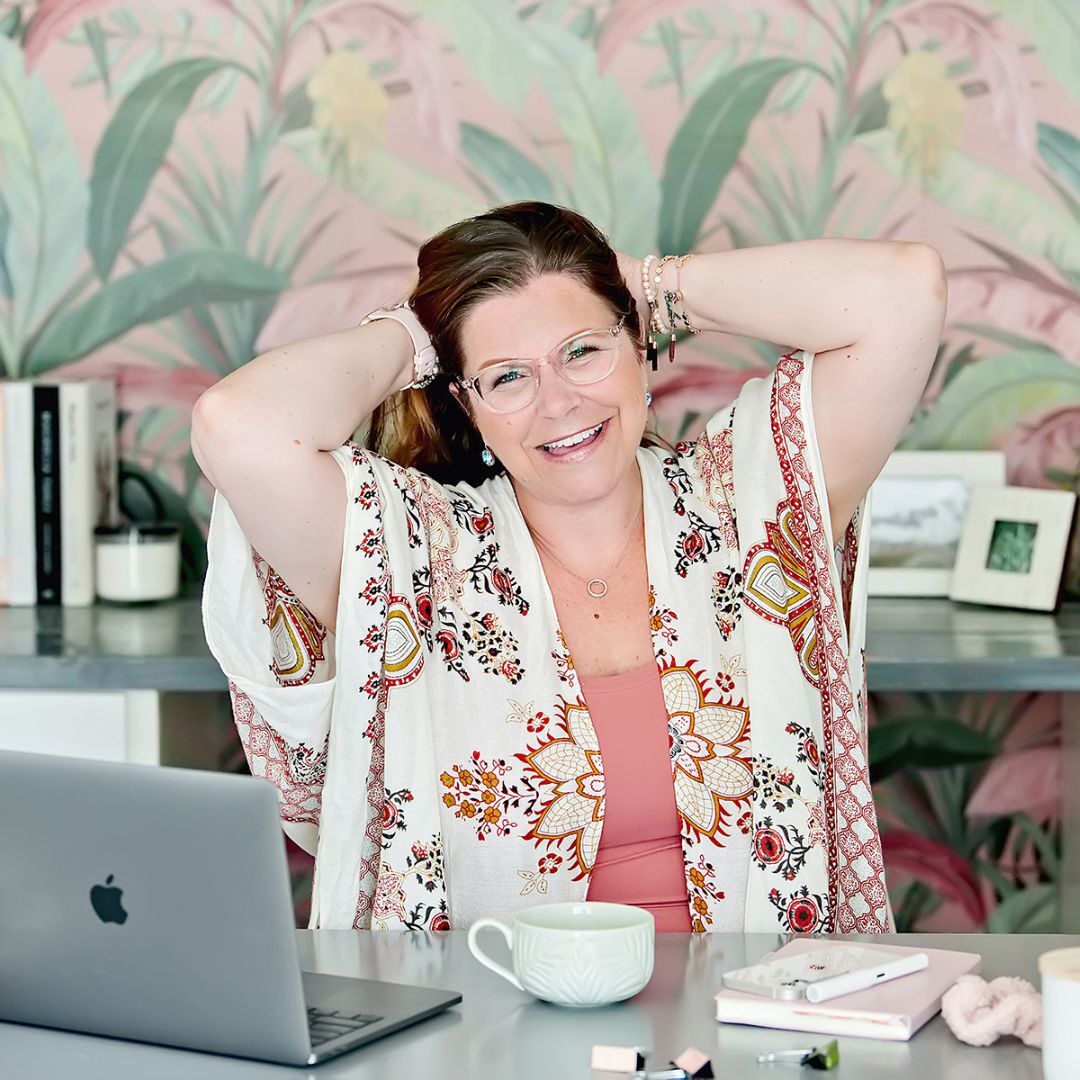
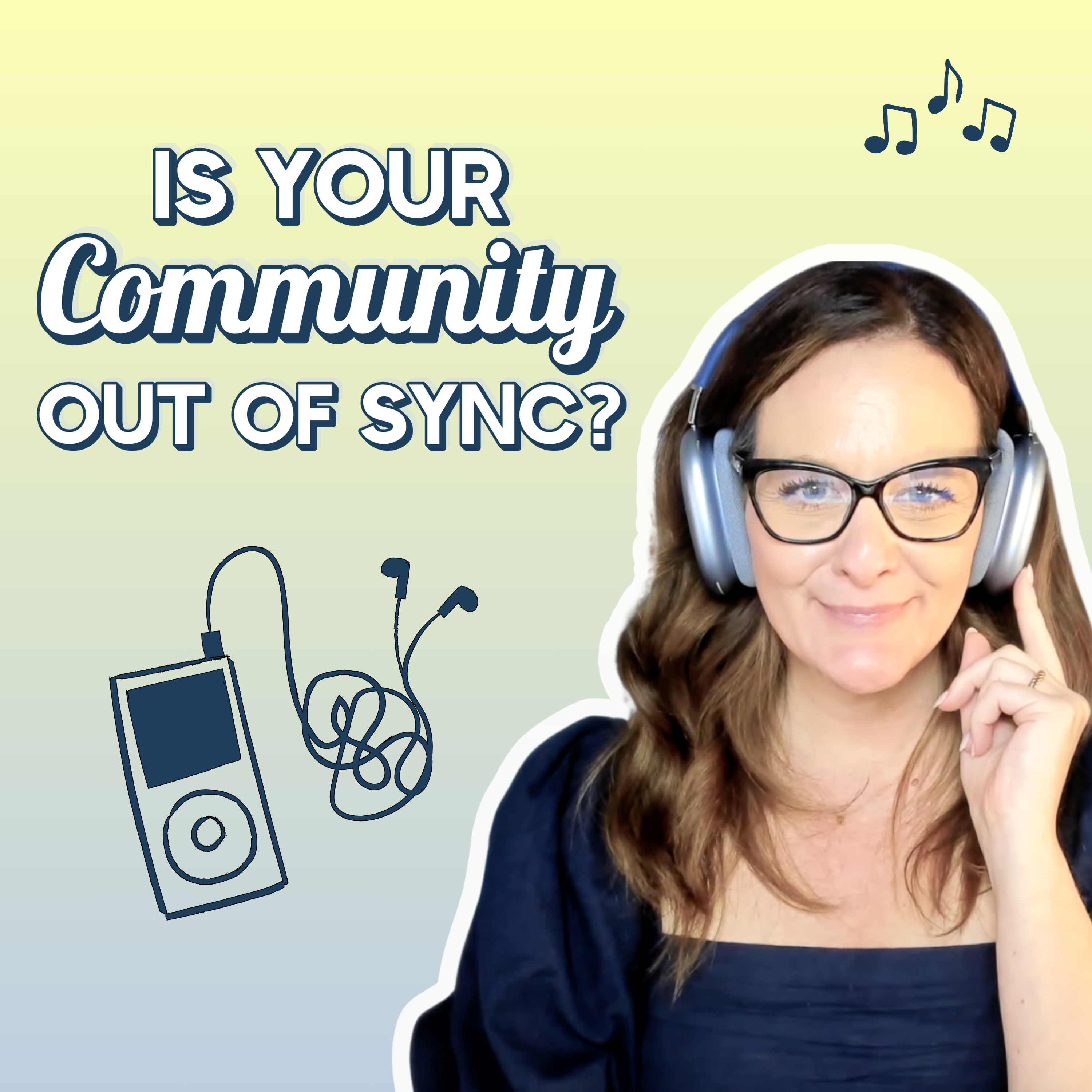
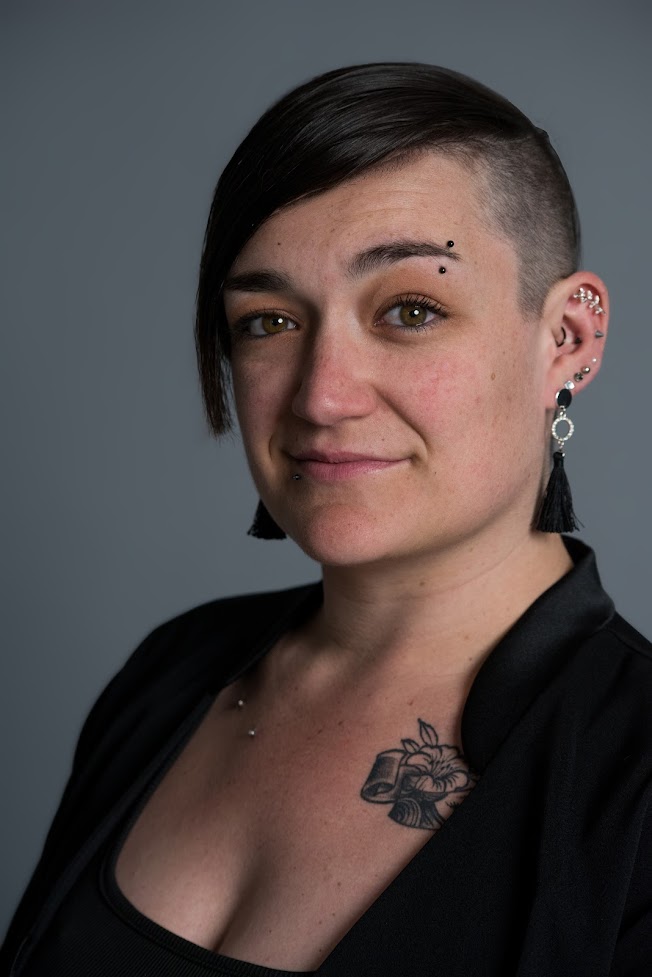
+ show Comments
- Hide Comments
add a comment